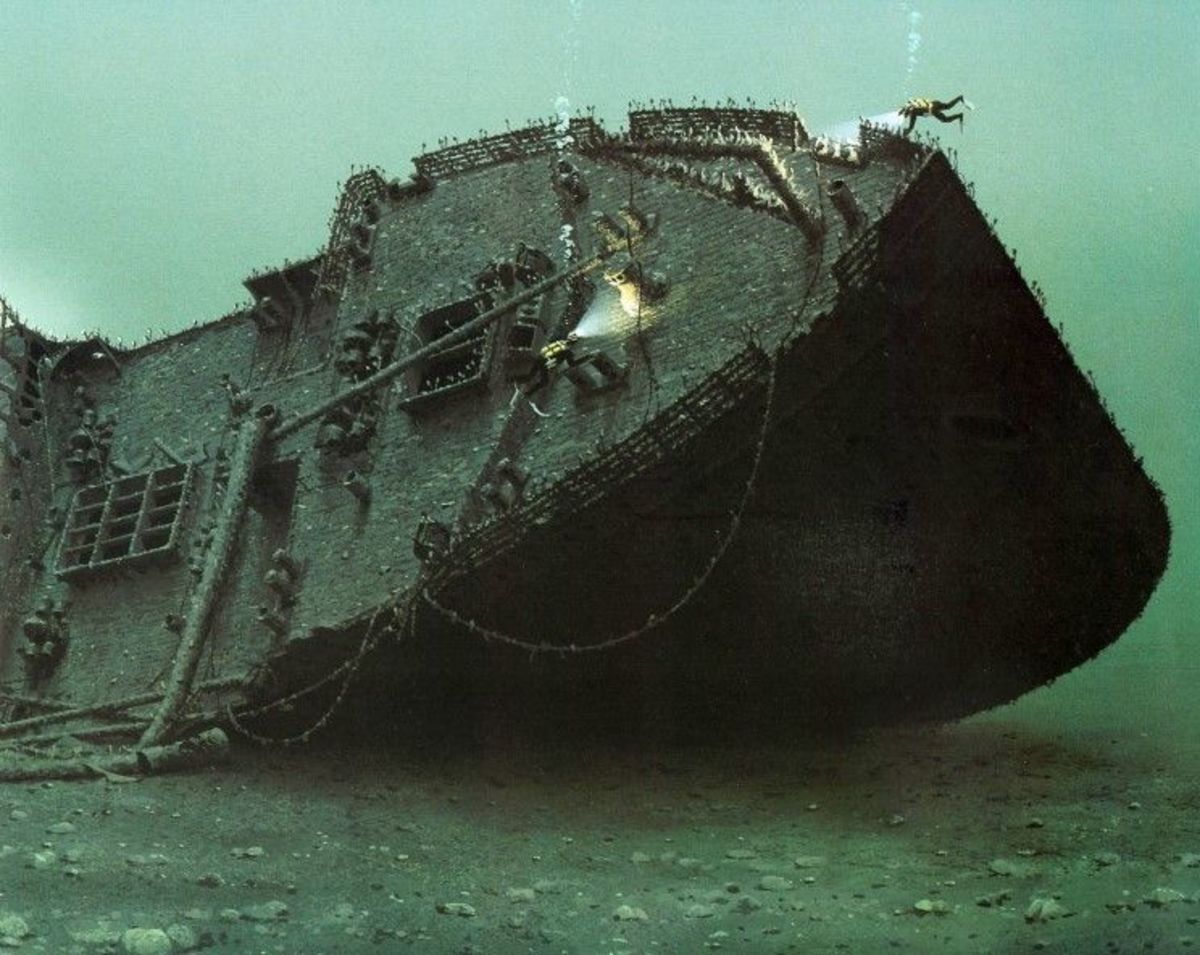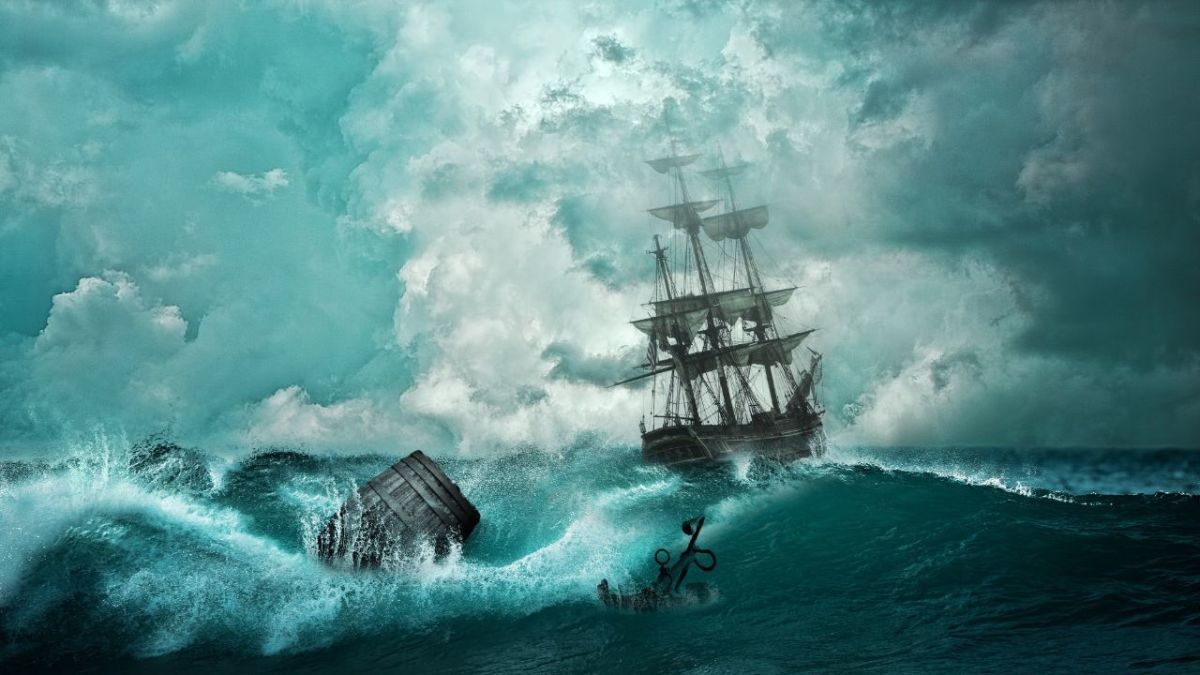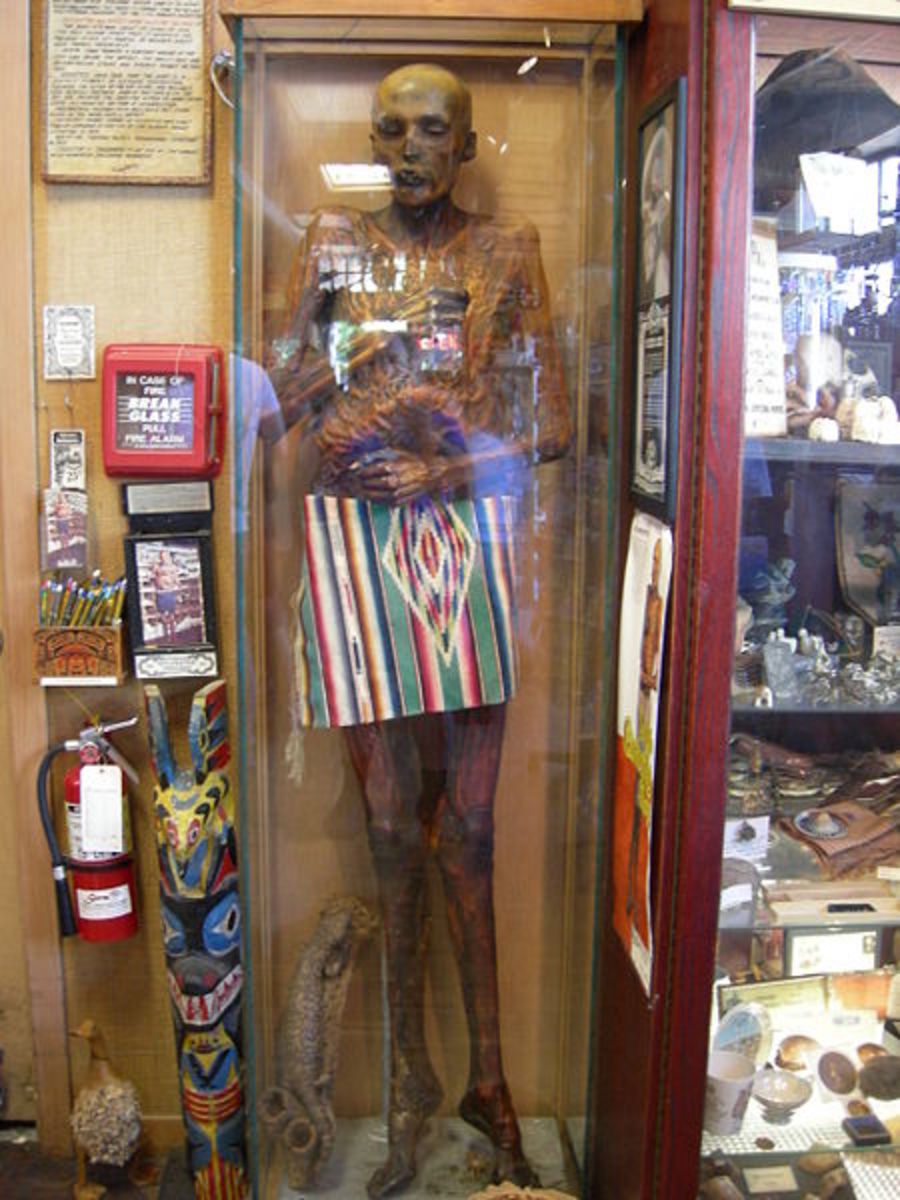Navigating the Depths: Uncovering Shipwrecks with Nautical Charts
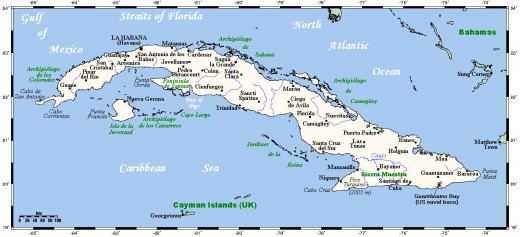
Nautical Charts and Maps
If you have ever used a road map, then you are already familiar with how a map works. But how does a map work out on the ocean? Every marker you need is covered in water! How do you even know where you are exactly?
Nautical maps and charts are underwater maps. They have a number imposed all over them to show how deep the water is at any particular location.
Location is found by two numbers, Latitude and Longitude. These two numbers are represented by lines on a map or on a nautical chart.
Latitude - the angular distance of a place north or south of the earth's equator, or of a celestial object north or south of the celestial equator, usually expressed in degrees and minutes."at a latitude of 51° N" (online dictionary)
Longitude - the angular distance of a place east or west of the meridian at Greenwich, England, or west of the standard meridian of a celestial object, usually expressed in degrees and minutes."at a longitude of 2° W" (online dictionary)
Nautical Charts also have symbols to indicate what is beneath the water. Over the years, ocean travelers have charted millions of bits of information about what is underneath the water. All of this information has been converted to electronic data, and it is easy enough to buy a GPS (Global Positioning System) and a computerized navigation system.
Understanding the various symbols for common items is beneficial to marine travelers. One should be able to recognize the symbols and colors of sandbars, reefs, shoals, sunken wrecks, or other obstacles in the water.
Where Can I Obtain a Nautical Chart?
You can get nautical charts from various sources, both in physical and digital formats. Here are some common options:
-
Official Hydrographic Offices: Contact the hydrographic office relevant to your area to purchase physical charts or inquire about digital options.
-
Online Retailers: Numerous online retailers specialize in nautical supplies and charts. They offer both physical charts and digital products, providing a convenient way to access a wide range of chart options. See Resources and References.
-
Government Agencies and Port Authorities: Government agencies responsible for maritime affairs and port authorities often provide nautical charts for the waters under their jurisdiction.
-
Digital Charting Platforms and Apps: With the rise of digital navigation, many apps are available for nautical charts.
-
Free Online Sources: There are also online sources that provide free access to nautical charts. Examples include the National Oceanic and Atmospheric Administration (NOAA) in the United States.
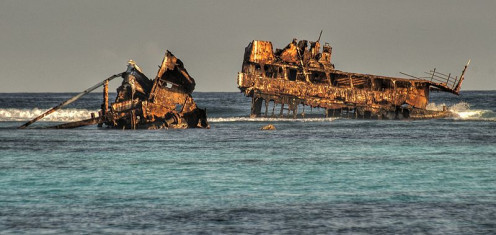
Avoid Diving Shipwrecks Above Water
Old, rusty shipwrecks that stick out of the water, or barely show above the water are super dangerous. They have many rusted and jagged edges that can rip dive suits and human skin.
The currents around above water shipwrecks are totally unpredictable. It's not worth it to explore an above water wreck.
You must have special training to work around a wrecked marine object.
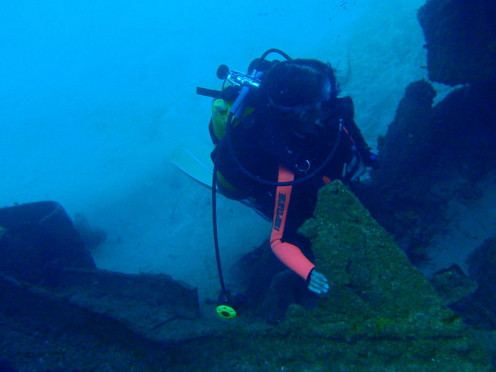
Learning to Dive on Wrecks (Wreck Diving)
First things first. You must be certified as a SCUBA (Self Contained Underwater Breathing Apparatus) diver. There are a couple of well known certifying agencies and some that are not so well known. There are several specialty diving courses available after your certification school.
The Professional Association of Diving Instructors, PADI, offers Open Water Certifications, Instructor level certifications and many specialty certifications. Their specialty certifications often lead to lucrative careers in the diving world.
Wreck Diving Specialty
If you find ship wrecks fascinating, this is the course for you. You may also choose to further specialize in the types of wrecks you want to dive on and what tasks you can perform as a wreck diver.
And it's not just ships! All sorts of wrecks are under the water. Airplanes, cars, trains, you name it. If a man made item has tried to cross a body of water, there is probably a wreck of it somewhere.
To sign up for the PADI Wreck Divers course, you must be 15 years old and hold an Open Water Certification or higher. Some people even apply dive courses toward college credit in the Oceanography fields. It's a good idea to apply this course toward a Master Diver certification.
You will need:
- Basic SCUBA gear
- Dive lights with extra batteries
- Slates for writing messages underwater
- Underwater compass and GPS navigation skills
- Lines and reels for tieing off lead lines
- Extra tanks
- Very sharp knives to use for untangling yourself if needed
- Any other wreck specific appropriate gear.
As with all diving - Be sure to plan your dive and dive your plan!
Cuba is a Treasure Trove of Shipwrecks!
It is estimated that there are 100s, if not 1,000s, of wrecked ships around the coast of Cuba.
Cuban Shipwrecks
The port city of Havana, Cuba, was the gathering place for hundreds of Spanish 'Flotas'. These Flotas were armed armadas of Spanish treasure fleets staging their return from the Spanish Main back to Spain.
The 16th century fort at the entrance to Havana harbor is now a museum. It features jewelry, emeralds, gold, silver, plates, mugs, and other treasure from some of the wrecks that have been salvaged. But these items are only the tip of the iceberg.
Even though Cuba is a relatively safe harbor, this region of the Caribbean is cursed by storms and hurricanes. During the 16th through 17th century, the Spanish ships were often preyed upon by pirates. They ran aground on shifting sandbars. They encountered tortuous reefs. Many of these ships were sunk for one reason or another. Perhaps as much as 88% of lost Spanish treasure lies on the bottom in Cuban waters.
Some of these wrecks have been salvaged, and their treasure divided according to Cuban laws, as well as international maritime laws. Even Fidel Castro himself was a scuba diver during his younger years.
More wrecks are to be found in deeper water. These wrecks must be salvaged using expensive equipment and trained specialist divers. They must also gain permission from the Cuban government, something that is difficult at best.
A special ship using side scan sonar is the best and practically only way to find deep water ship wrecks. Remote Operated Vehicles (ROVs) can be sent down to investigate suspicious anomalies on the sea bottom. Special underwater cameras and lights are used to send photos back for analysis.
Ballast stones and ship's planking show up easily. These are the best indications of a wreck. Pottery can sometimes be spotted in photographs.
When a wreck is located, divers go down with metal detectors looking for gold and silver, or other metals. Millions of pounds of treasure are still waiting to be found!
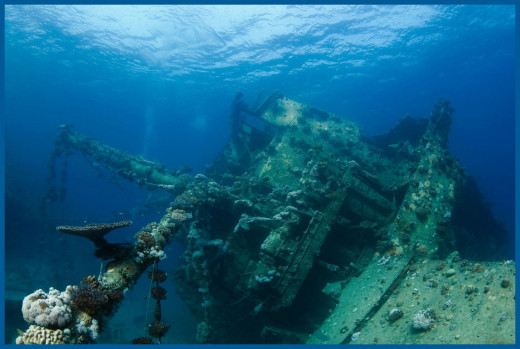
Treasure Hunting and Maritime Policies for Cuba
Treasure hunting activities may be subject to various regulations, including environmental protection laws, cultural heritage preservation, and maritime regulations.
It is crucial to comply with all relevant laws, obtain the necessary permits, and respect any restrictions or conditions imposed by the Cuban authorities.
To obtain a “treasure hunting” permit for ships in Cuban waters, you would need to contact the appropriate government agency or authority responsible for issuing such permits in Cuba:
-
Research Cuban Government Agencies: Look for relevant government agencies or departments in Cuba that oversee maritime activities, cultural heritage, and archaeological affairs. Possibilities include the Ministry of Culture, Ministry of Science, Technology, and Environment, and the National Center for Cultural Heritage.
-
Contact Cuban Embassies or Consulates: Reach out to the Cuban Embassy or Consulate in your country. They can provide you with information on the appropriate Cuban government agencies to contact regarding treasure hunting permits. They may also provide guidance on the specific requirements and procedures.
-
Send Inquiries: Contact the identified government agencies in Cuba via email, phone, or written correspondence. Clearly state your intention to obtain a “treasure hunting” permit in Cuban waters and request information on the application process, necessary documentation, any fees involved, and other requirements.
-
Follow the Application Process: Once you receive the necessary information from the Cuban authorities, follow the application process outlined by the respective agency. This typically involves submitting the required forms, supporting documents, and any additional information requested.
-
Seek Professional Assistance: Due to the complexity of obtaining permits for treasure hunting activities, it might be beneficial to consult legal professionals or specialized agencies familiar with maritime and archaeological regulations in Cuba. They can provide guidance, help navigate the process, and ensure compliance with all applicable laws and regulations.
Just Out of Curiosity, Are You Interested in Cuba's Treasure?
Do you think there is a lot of undiscovered Spanish treasure in Cuban waters?
Resources and References
NOAA, the National Oceanic, and Atmospheric Administration, collects and distributes products and information regarding the world's oceans.
Diving in Cuba: Cuban Travel Agency could be a first step to wreck diving in Cuba.
PADI, the Professional Association of Dive Instructors.
PADI Wreck Diver: Improve Your Scuba: Wreck Diver Manual
© 2014 Lela Cargill



